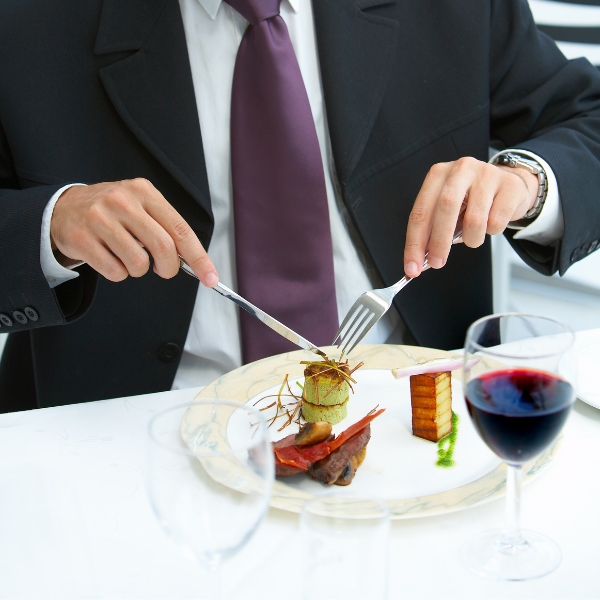
The Rise of Fast-Casual Dining
Fast-casual restaurants, known for offering higher-quality food than traditional fast food with the convenience of quick service, have become increasingly popular. Their ability to adapt to changing consumer preferences and operational challenges has positioned them favorably in the evolving dining landscape.
Adaptation to Consumer Preferences
Post-pandemic consumers prioritize health, convenience, and value. Fast-casual establishments have responded by:
Health-Conscious Menus: Offering nutritious, customizable options catering to various dietary needs.
Digital Integration: Implementing online ordering, delivery, and contactless payment systems.
Flexible Dining Options: Providing both dine-in and takeout services to accommodate different customer preferences.
Technological Innovations
Technology has played a pivotal role in the fast-casual sector's growth:
AI and Data Analytics: Enhancing customer experience through personalized recommendations and efficient operations.
Mobile Apps: Facilitating easy ordering and loyalty program participation.
Kitchen Automation: Improving food preparation speed and consistency.
Emphasis on Sustainability
Environmental consciousness has influenced consumer choices:
Sustainable Sourcing: Using locally sourced and organic ingredients.
Eco-Friendly Packaging: Adopting biodegradable and recyclable materials.
Waste Reduction: Implementing practices to minimize food waste.
Economic Factors
Economic considerations have also contributed to the fast-casual boom:
Affordability: Offering quality meals at reasonable prices appeals to budget-conscious consumers.
Operational Efficiency: Streamlined operations reduce overhead costs, allowing competitive pricing.
Franchise Opportunities: Lower investment requirements attract entrepreneurs, fueling expansion.
Community Engagement
Fast-casual restaurants often engage with their communities:
Local Partnerships: Collaborating with local suppliers and businesses.
Charitable Initiatives: Participating in community service and support programs.
Cultural Relevance: Incorporating local flavors and traditions into menus.
Future Outlook
The fast-casual sector is poised for continued growth:
Market Expansion: Exploring new markets and demographics.
Menu Innovation: Introducing novel and diverse food offerings.
Enhanced Customer Experience: Leveraging technology and feedback to improve service.
The fast-casual dining sector's resurgence in the post-pandemic world is a testament to its adaptability and alignment with contemporary consumer values. By embracing innovation, sustainability, and community engagement, fast-casual restaurants are not only surviving but thriving in a transformed dining landscape.






